This article was originally published at the Mad Genius Club on June 9, 2018.
I drew a piece of art the other day meant to evoke emotions. It’s a pig (inside joke) riding a motorcycle up into the mountains. His labcoat flapping, he’s not got a care in the world, the lab left far behind him... The cartoon lives on the whiteboard outside my boss’s office, and it’s meant to inspire thoughts of summer and leaving work in the dust once we’re all headed home (and yes, he’s riding these warm summer days now). But as I stepped back to make sure I’d gotten proportions and such right, I was thinking about it in terms of writing, and making our writing appealing.
To grab our readers by the heartstrings, and give a gentle tug, is to keep them engaged with the story and wanting to know what happens next. We all have commonalities, from wanting to be outside rather than stuck in a windowless lab on a bright beautiful day, to saying AW! At the sight of a puppy or kitten. Stories that make us feel good are far more likely to have us returning to re-read them time and again than stories that made us feel grimy and gloomy. I was working on a list (always!) of books for girls, and I was noting that as with any list I curate, some of the titles are older than I am, but loved by generation after generation. Little Women, the Five Little Peppers, Black Beauty, and so many more. I loved all of them, and they among others were the ones Mom had us reading out loud to the family while I was growing up. But what is it about these tales we all connect with and love?
Oh, not all of us. I know people who didn’t like Little Women (and now that they are grown feminiztz, they get totally judgy of women from a different era who don’t act like they think they ought to have acted). I myself cannot get into Jane Austen although I know her work is almost universally beloved. But there are elements here which can be studied and pulled out for incorporation into our own work. Even if you’re writing Mil-SF, your work will be the better for plucking delicately at the heartstrings. After all, what is war for, but to defend the home fires? The reader is not going to be as sympathetic to the battles fought deep in space with no connection to ‘why?’ I can look at old photos of D-Day, as the 70th anniversary has just passed, and weep, because I am connecting to the men who died so valiantly, and to their mothers, widows, and sisters waiting back home who had no idea they were dying on that cold beach so far away.
Black Beauty, to pull an example from my list (Glittery Unicorns, intended for girls growing into teenagers), was written by Anna Sewell with the deliberate intent of evoking compassion toward animals and arousing anger toward the mistreatment of dumb beasts. The story doesn’t just tug on those strings, it gives them a riff like the bass guitarist in a rock band. Personally, although I loved the book as a girl, even then I found it a bit preachy, and now I find it too saccharine for my taste. It cloys in the mouth... I had to have a respirator fit test for work not long ago, and as part of the test I was in a hood with the nurse puffing powdered saccharine in the air and asking if I could taste it yet. Hoo, boy, coff hack, sp... no, can’t spit. Swallow. Eww! That stuff clings and clings. Which is not the reaction you want readers to have to your story.
I’m not talking about adding sweetness to your story, not entirely. Certainly not the artificial, forced kind that you’ll find in books like Black Beauty and some of the children’s fodder from the 1800s. Twaddle doesn’t become a classic read. I forget who called it ‘twee’ but that’s just what it is. Too sweet for being appetizing. No, I’m talking about playing on the reader’s connections to the book. The reader identifies with the main character, usually. Sometimes they connect more to a side character. Develop your secondary characters enough, and you’ll be surprised which ones become fan favorites and they ask for more of them. Everyone’s heartstrings are shaped a little different. Like harps of all tones and sizes.





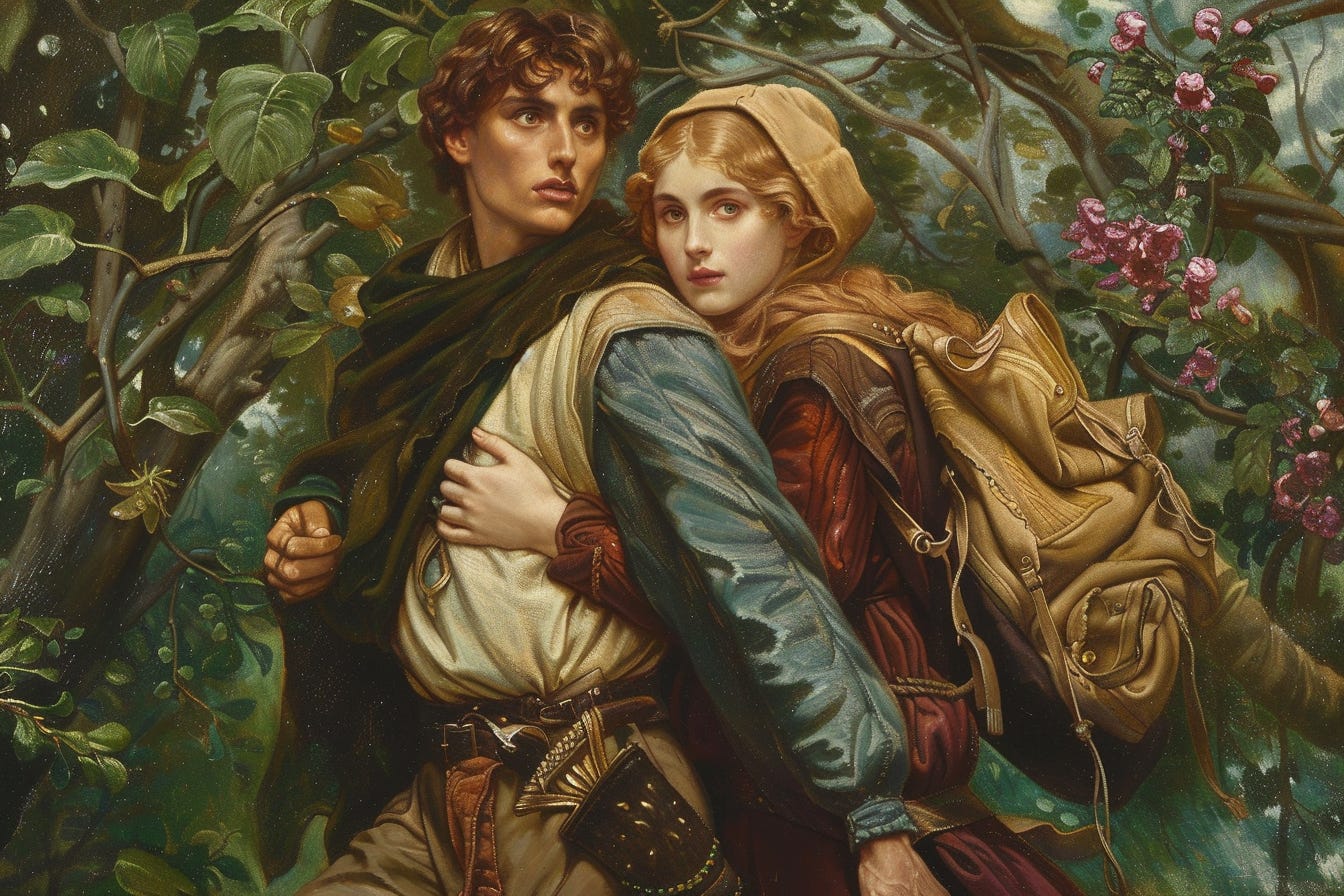
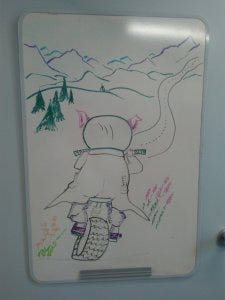
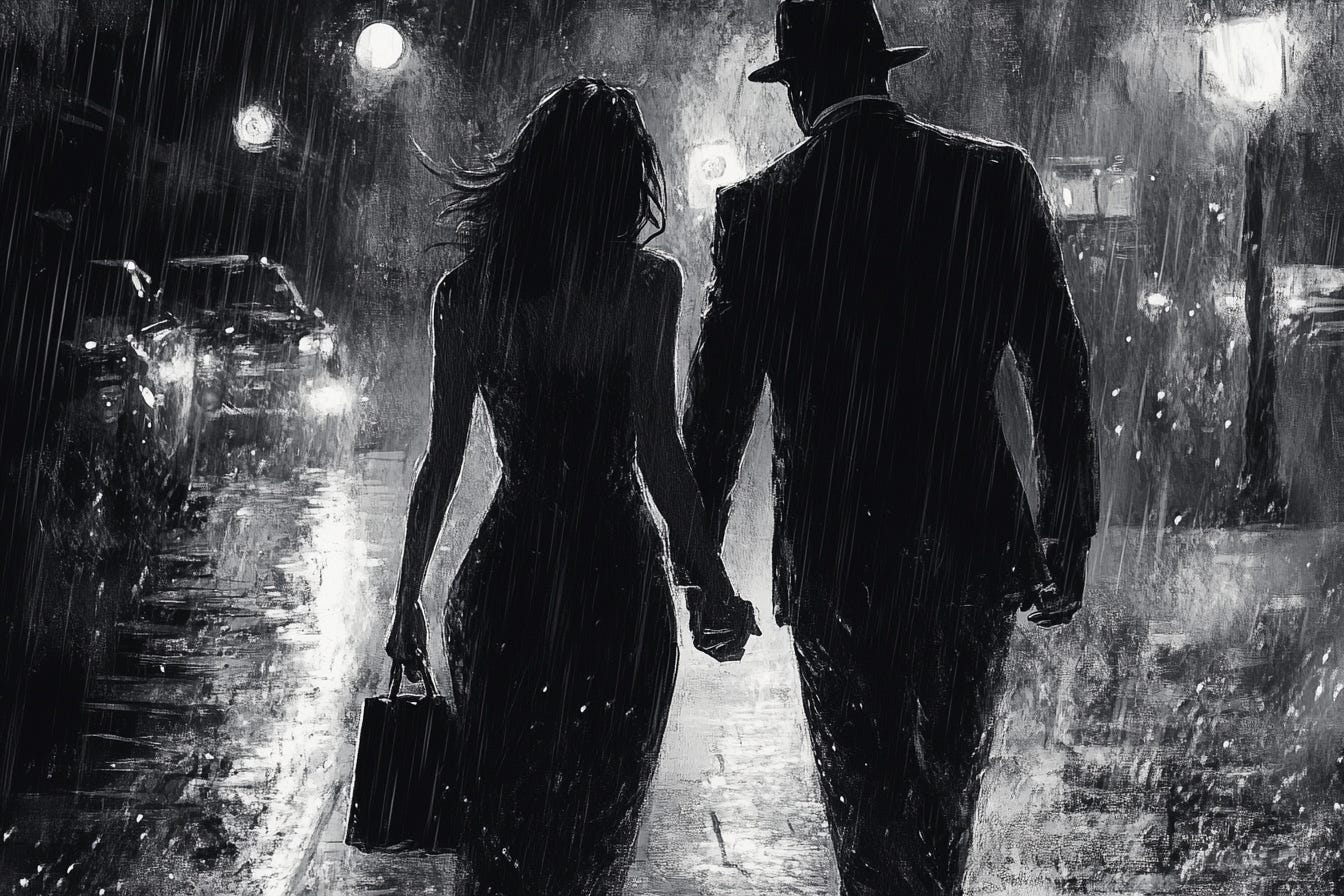
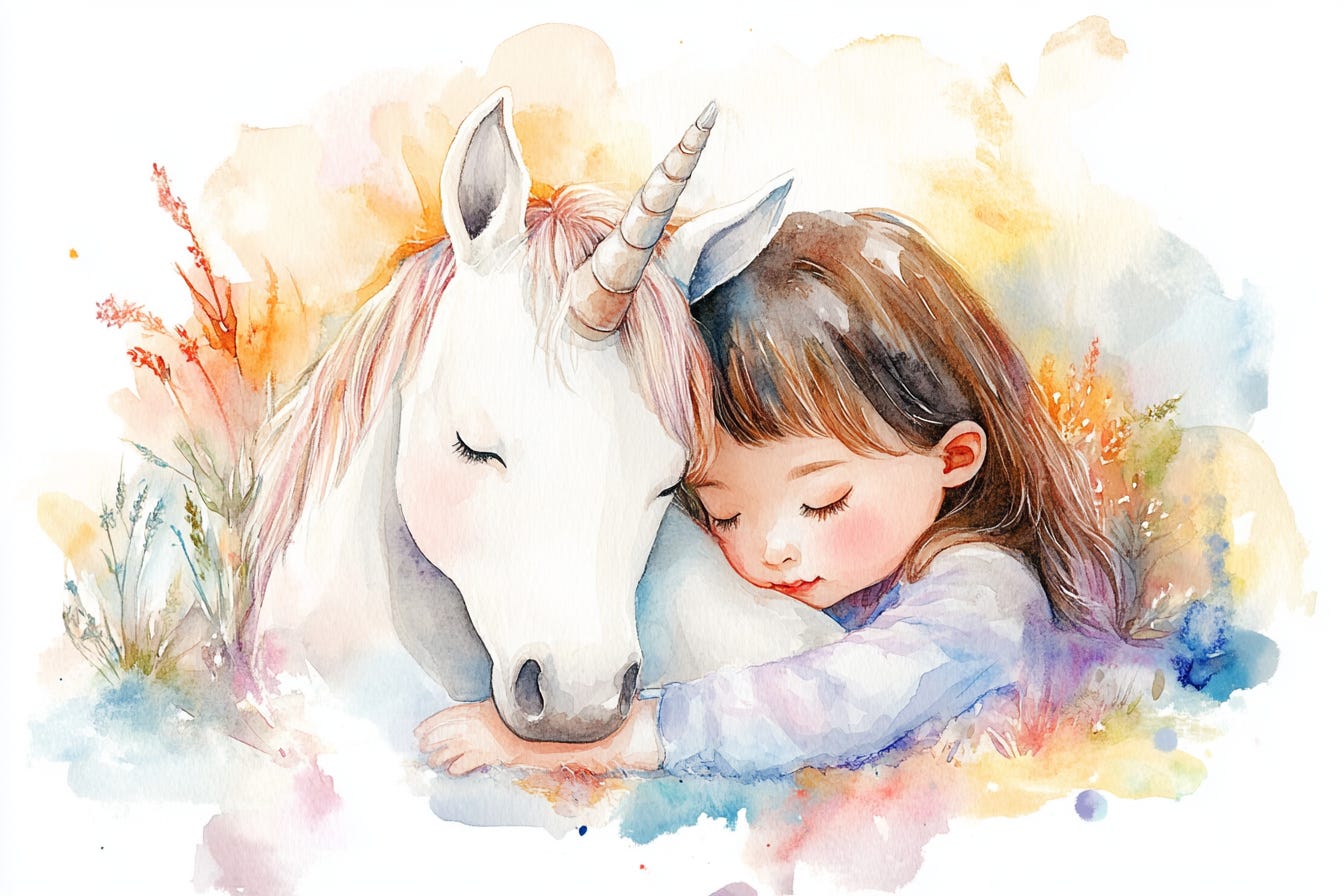
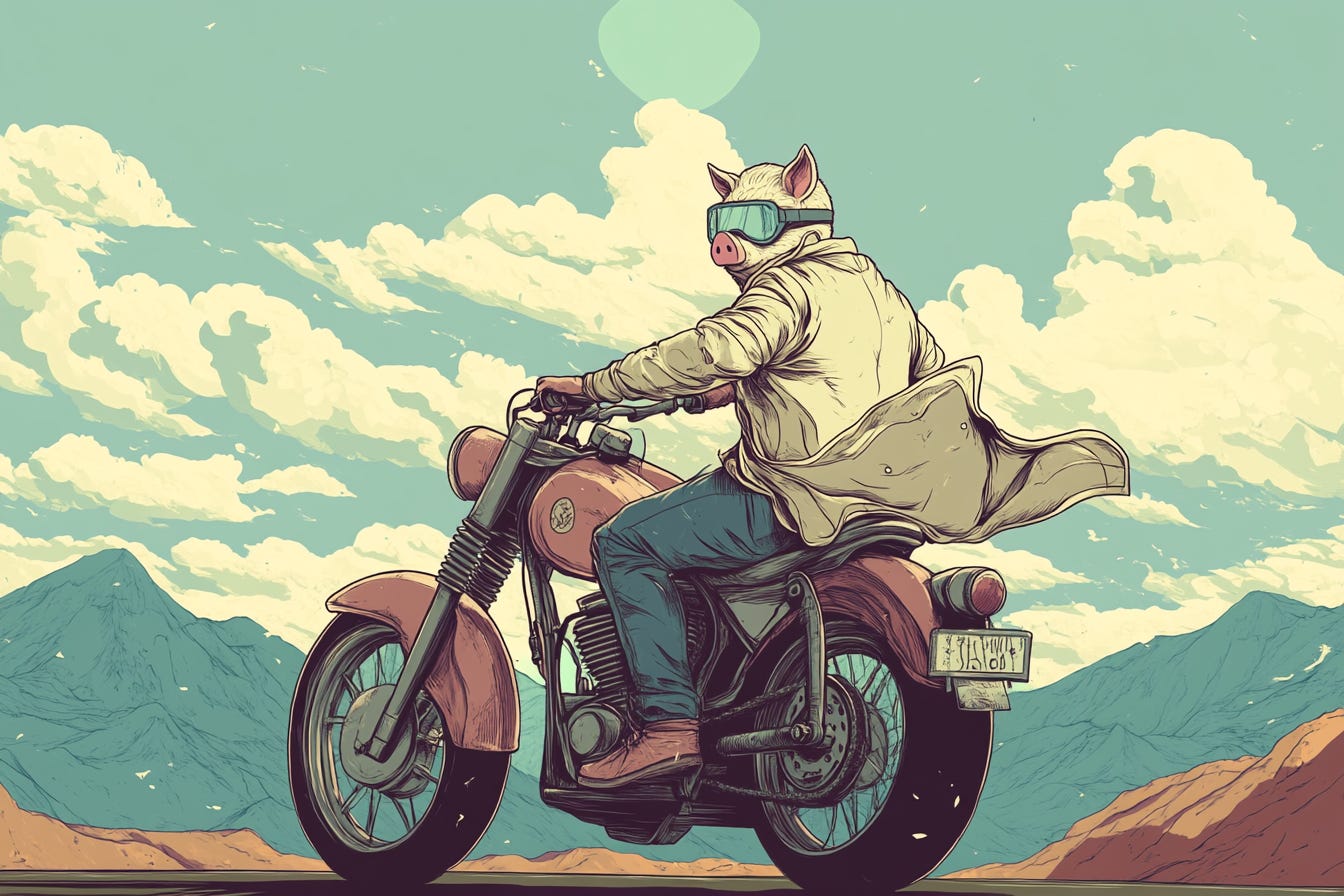
The older I get, the more Tolkien’s work gets to me. I’ve been reading/listening my way through Hobbit-Return of the King, and it’s been interesting how many more ‘kleenex’ moments I’m having compared to even five years ago. Life experiences and the general dystopic trend of the world probably has a lot to do with it.